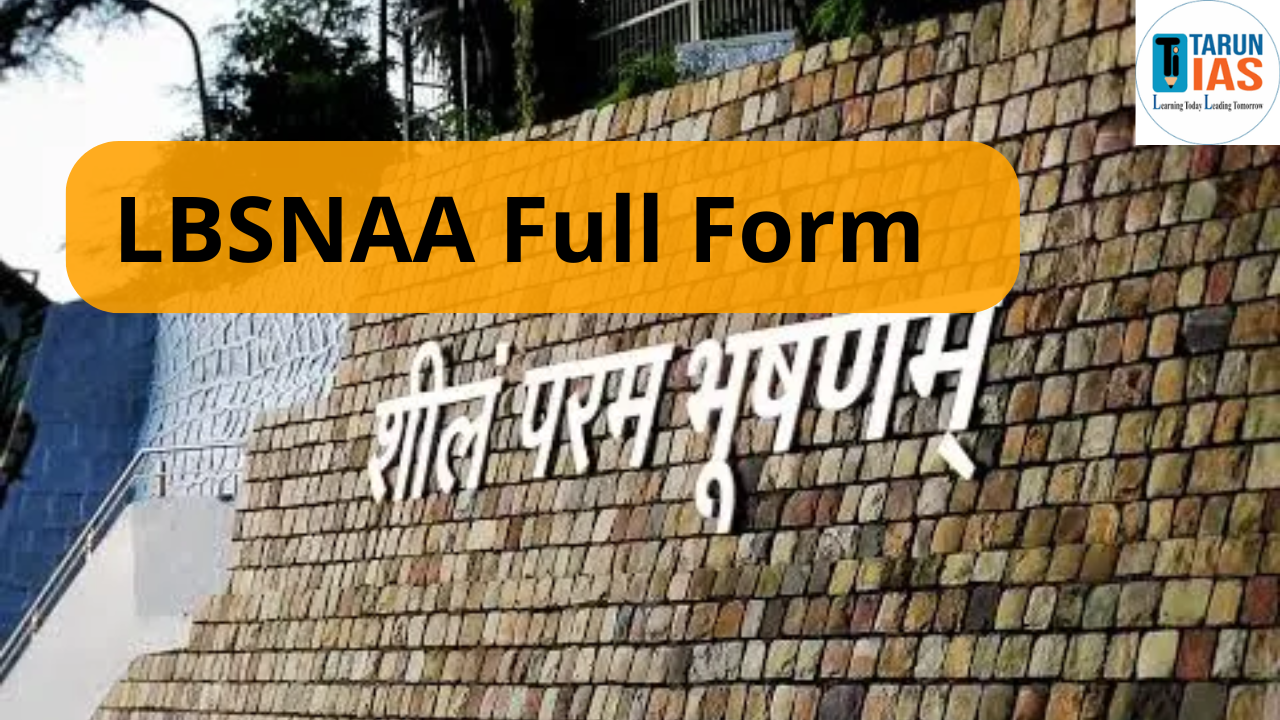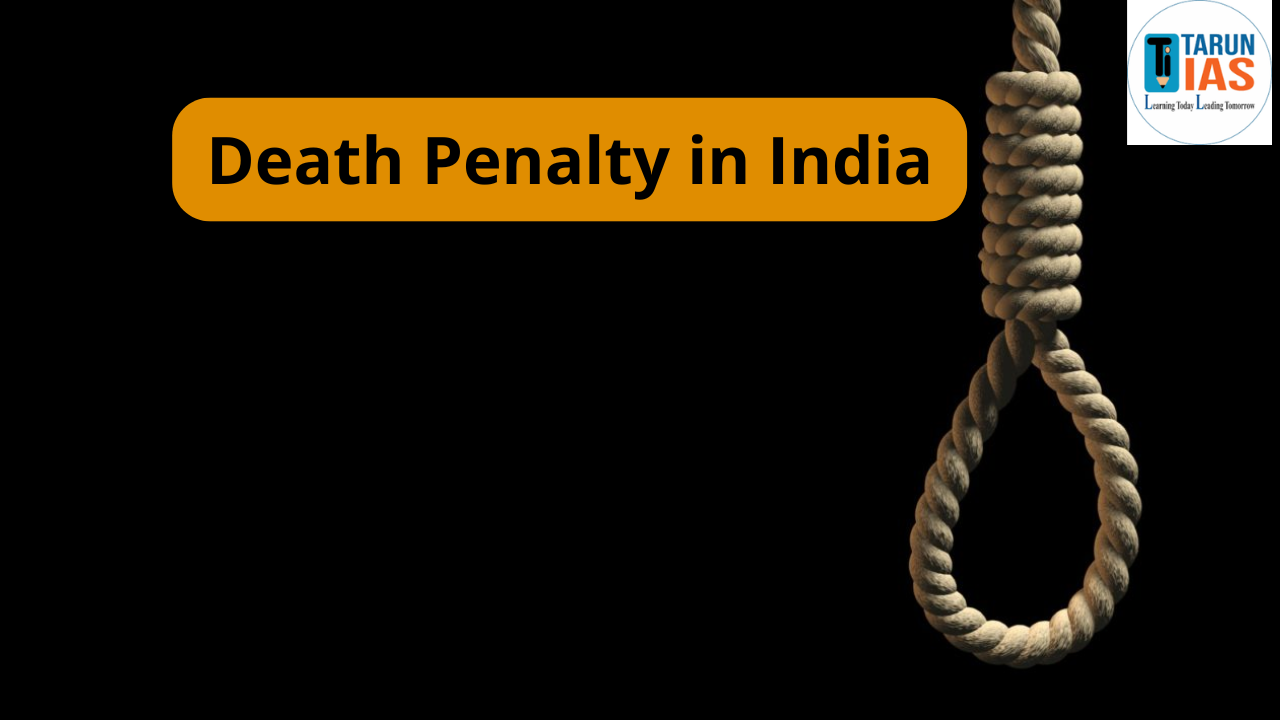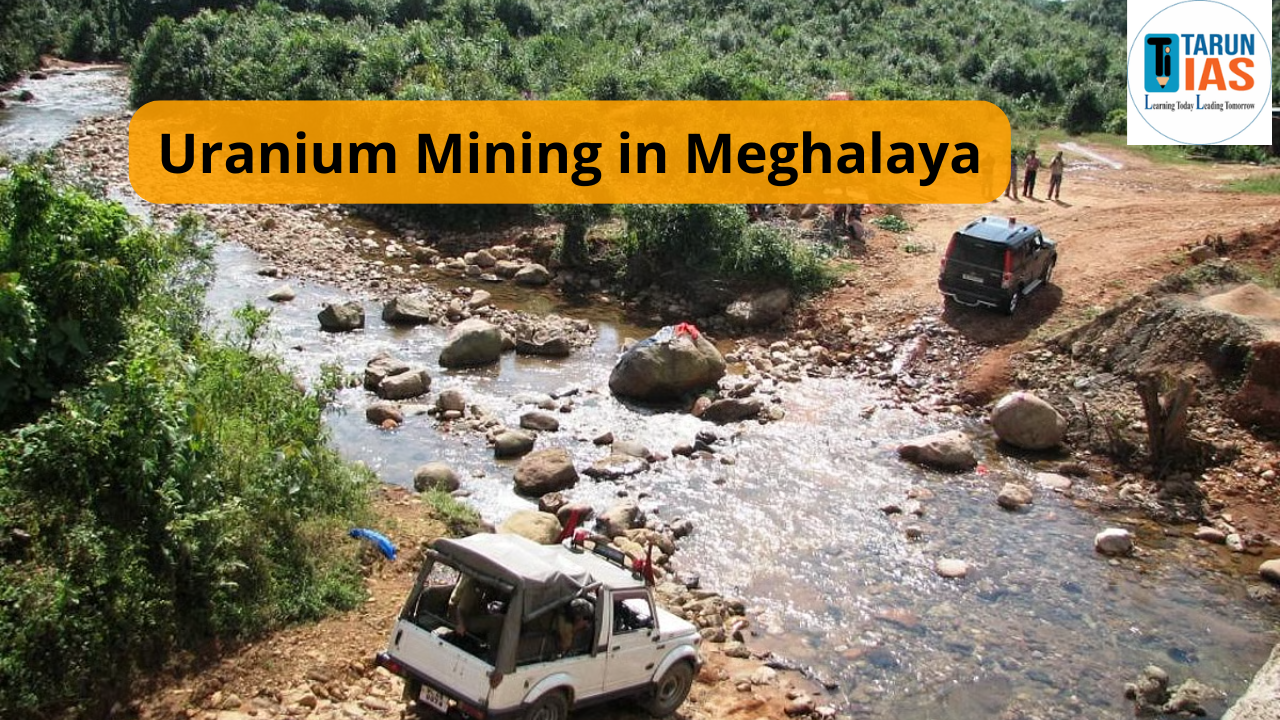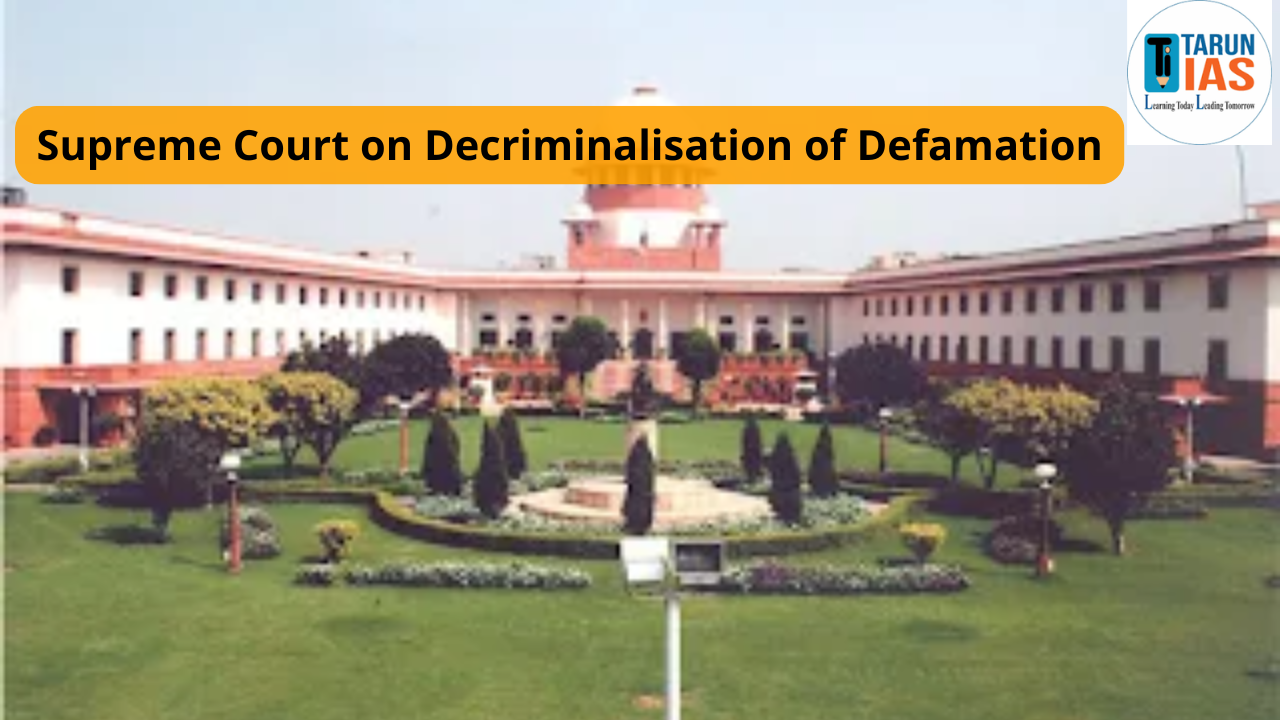LBSNAA full form is Lal Bahadur Shastri National Academy of Administration, named after India’s second Prime Minister, Lal Bahadur Shastri. The academy embodies the principles of ethical governance, public service, and people-centric administration. It is the premier institution for training IAS and other Group ‘A’ officers, shaping future leaders of India’s bureaucracy.
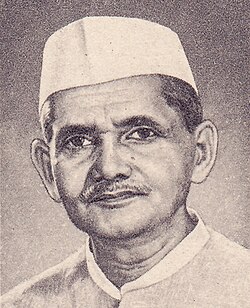
LBSNAA Full Form
The LBSNAA full form is Lal Bahadur Shastri National Academy of Administration. It is India’s premier training institute for civil services, especially for IAS officers. It plays a key role in shaping the future administrators of the country.
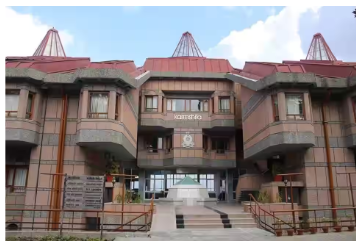
What is LBSNAA?
LBSNAA is India’s foremost civil service training academy. It offers foundational, advanced, and mid-career training programs for newly recruited officers and serving IAS officers. It works under the Department of Personnel & Training , Government of India, and is headed by a Director of Secretary rank.
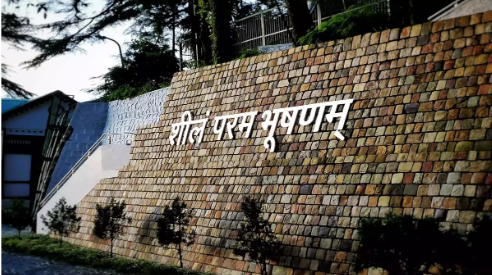
LBSNAA Full Form Motto
The motto of LBSNAA is “Sheelam Param Bhushanam”, which translates to Character is the highest virtue. This reflects the academy’s focus on ethical conduct, integrity, and professional excellence. Every aspect of training is designed to instill these values in civil servants, ensuring they serve the public with honesty and dedication.
Ibsnaa logo
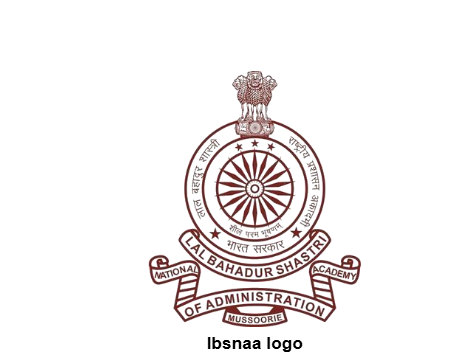
LBSNAA Full Form location
LBSNAA is located in Mussoorie, Uttarakhand, at an altitude of 6,580 feet above sea level. The academy spreads across 189 acres within the historic Charleville Estate in Happy Valley. This serene environment provides an ideal setting for both academic learning and personal development, blending natural beauty with state-of-the-art administrative training facilities.
Also read – UPSC Exams 2025
LBSNAA History
The foundation of LBSNAA was laid in 1959, when the IAS Training School (Delhi) and IAS Staff College (Shimla) were merged.
- The academy was shifted to the Charleville Hotel in Mussoorie, a colonial-era building.
In October 1972, it was renamed Lal Bahadur Shastri Academy of Administration, and in 1972 it became the Lal Bahadur Shastri National Academy of Administration. - Over the decades LBSNAA has expanded with modern facilities while preserving its colonial heritage.
- Today, the campus houses advanced infrastructure such as Kalindi Guest House, Dhruvshila, and the Indira Bhavan Complex, making it a blend of history and modernity, suitable for the evolving requirements of administrative training.
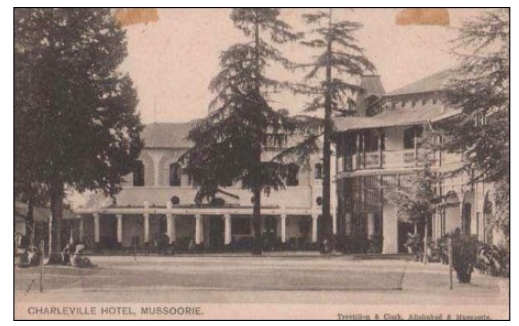
LBSNAA Historical Timeline
To understand the journey of LBSNAA, it is important to look back at its milestones and how the academy evolved over the decades.
Also read – How To Become An IAS Officer
| Year | Development |
| 1958 | Pandit Govind Ballabh Pant announced in the Lok Sabha the plan to set up an academy for civil services training. |
| 1959 | The academy was formally established at Mussoorie; basic infrastructure was created. |
| 1960 | The Common Foundation Course (FC) was introduced for IAS, IFS, and other central services. |
| 1969 | The Sandwich Pattern of training began – Phase I at the academy → District Training → Phase II. |
| 1970–77 | The Academy functioned under the Cabinet Secretariat, while other services remained under the Ministry of Home Affairs. |
| 1972 | Academy renamed Lal Bahadur Shastri Academy of Administration. |
| 1973 | The word “National” was added, giving it the present name LBSNAA. |
| 1975–78 | Construction of the Ganga, Kaveri, and Narmada hostels. |
| 1984 | A major fire damaged important buildings like the Officers’ Mess, Library, and Director’s Residence. |
| 1985 | Placed under the Ministry of Personnel, Public Grievances & Pensions. |
| 1988 | Establishment of the NIC Training Unit. |
| 1989 | Centre for Rural Studies was created. |
| 1991 | A severe earthquake damaged several structures; later, Dhruvshila and Kalindi blocks were constructed. |
| 1992 | Karmashila Block inaugurated by Vice President K. R. Narayanan. |
| 1995 | National Gender Centre established. |
| 1996 | Kalindi and Dhruvshila Bhavans inaugurated. |
| 2004 | Hospital Block and Centre for Disaster Management became operational. |
| 2010 | Launch of the Gyanshila Building and Silverwood Hostel. |
| 2012 | Mahanadi Executive Hostel inaugurated. |
| 2014 | Establishment of the National Centre for Leadership Development. |
| 2015 | Aadharshila Block inaugurated. |
| 2016 | Centre renamed as Centre for Public Systems Management. |
| 2017 | Prime Minister Narendra Modi laid the foundation for a new hostel, stables, and 400m sports track. |
| 2018 | Chanakya Hall inaugurated; Common Foundation Course reintroduced. |
| 2019 | Launch of Aarambh 1.0, an interactive programme with PM Modi. |
| 2020 | Introduction of Mission Karmayogi and Aarambh 2.0. |
| 2021 | First Common Mid-Career Training Programme (MCTP) held; Aarambh 3.0 launched; Happy Valley Sports Complex inaugurated. |
| 2022 | Opening of the Monastery Hostel and DiGiTAG Arena; Civil Services Marathon initiated. |
| 2023 | DiGFAC and Alumni Centre inaugurated by former President Ram Nath Kovind. |
LBSNAA Curriculum and Assessment
The curriculum at LBSNAA is designed to blend theory with practice. Officer trainees take part in lectures, case studies, field visits, and group discussions, along with physical training, adventure activities, and community-based programs. This ensures they gain not only academic knowledge but also practical exposure to governance and policy implementation.
The evaluation process at LBSNAA is continuous and comprehensive. Trainees are assessed through:
- Final examinations conducted under the IAS Probationer’s Final Examination Regulations, 1955
- Peer evaluations
- Reports from field assignments
- Regular feedback from faculty and senior officers.
This approach develops accountability, leadership, and decision-making skills among the probationers.
LBSNAA Notable Committees & Curriculum Reforms
Over the years, LBSNAA’s training design has been reviewed and updated by several expert committees:
- UC Agrawal Committee (1984): Emphasized the need for innovative and independent administrative thinking.
- Dr. Y.K. Alagh Committee (2009): Suggested major reforms in Mid-Career Training Programmes (MCTPs).
- Kiran Aggarwal Committee (2014): Recommended early cadre allocation and restructuring of training modules.
These reforms ensured that the academy’s training programs remain relevant, modern, and dynamic, in line with the evolving needs of governance.
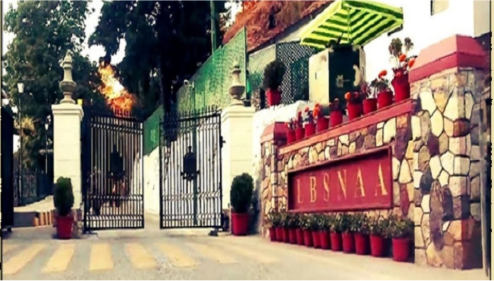
LBSNAA Training Period
The training at LBSNAA is carefully structured into phases:
- Foundation Course (Aug–Dec): A common program for all Group ‘A’ officers.
- Bharat Darshan: A 45–50 day educational tour across India.
- Phase I (Feb–May): Classroom and field training focused on IAS work.
- District Training: Around one year in districts, working as Assistant Collectors.
- Phase II: Officers return to LBSNAA for advanced training.
- Assistant Secretary Phase: Three months in New Delhi, posted in ministries.
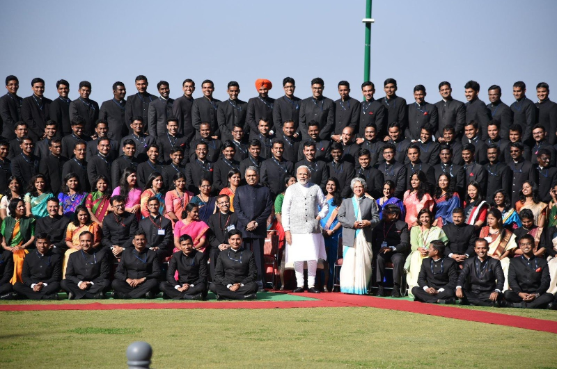
LBSNAA Salary & Perks During Training
Officer trainees at LBSNAA receive a stipend equivalent to ₹56,100 per month (as per Level 10 of the 7th CPC). Along with salary, they are provided free accommodation, mess facilities, library access, sports facilities, medical care, and exposure visits. After training, IAS officers draw higher pay depending on cadre and seniority.
LBSNAA Importance in UPSC
For every UPSC aspirant, LBSNAA represents the ultimate goal after clearing the Civil Services Examination. It is not just a training institute, but a place where officers develop leadership, administrative ability, and a spirit of public service.
LBSNAA Overview
LBSNAA has continuously expanded its facilities and programs, blending tradition with modern needs of governance and administration.
| Aspect | Details |
| Full Form | Lal Bahadur Shastri National Academy of Administration |
| Location | Mussoorie, Uttarakhand |
| Established | 1959 (as National Academy of Administration) |
| Named After | Lal Bahadur Shastri, 2nd Prime Minister of India |
| Director | Dr. Sanjeev Chopra (as of 2025) |
| Motto | Sheelam Param Bhushanam – “Character is the highest virtue” |
| Primary Function | Training of IAS and other Group ‘A’ officers |
| Training Period | About 2 years (including district posting & assistant secretary phase) |
| Campus Area | 189 Acres |
| Key Programs | Foundation Course, Phase I & II, Bharat Darshan, District Training, MCTP |
Conclusion
LBSNAA is not just a training institute, it is the nursery of India’s administrative leadership. It prepares civil servants to serve with honesty, fairness, and dedication. By combining academic rigor with real-world exposure, the academy molds officers into responsible leaders of tomorrow.
LBSNAA Full Form FAQs

What is LBSNAA and why is it important?
LBSNAA stands for Lal Bahadur Shastri National Academy of Administration. It is the premier IAS training institute in India, responsible for shaping future bureaucrats into efficient, ethical, and responsible leaders.
What is the full form of LBSNAA?
The full form of LBSNAA is Lal Bahadur Shastri National Academy of Administration.
What is the history of LBSNAA?
LBSNAA was established in 1959 by merging the IAS Training School (Delhi) and the IAS Staff College (Shimla). In 1972, it was renamed after Prime Minister Lal Bahadur Shastri, and in 1973 it achieved national status.
Where is LBSNAA located?
LBSNAA is situated at Charleville Estate, Happy Valley, Mussoorie, Uttarakhand, at an altitude of 6,580 feet above sea level.
What does the LBSNAA training period include?
The training period includes the Foundation Course, Bharat Darshan, Phase I & II training, District Training, and the Assistant Secretary phase in Delhi.
What is the motto of LBSNAA?
The motto of LBSNAA is “Sheelam Param Bhushanam”, which translates to Character is the highest virtue.
What is LBSNAA and why is it important?
LBSNAA stands for Lal Bahadur Shastri National Academy of Administration. It is the premier IAS training institute in India, responsible for shaping future bureaucrats into efficient, ethical, and responsible leaders.
What is the full form of LBSNAA?
The full form of LBSNAA is Lal Bahadur Shastri National Academy of Administration.
What is the history of LBSNAA?
LBSNAA was established in 1959 by merging the IAS Training School (Delhi) and the IAS Staff College (Shimla). In 1972, it was renamed after Prime Minister Lal Bahadur Shastri, and in 1973 it achieved national status.
Where is LBSNAA located?
LBSNAA is situated at Charleville Estate, Happy Valley, Mussoorie, Uttarakhand, at an altitude of 6,580 feet above sea level.
What does the LBSNAA training period include?
The training period includes the Foundation Course, Bharat Darshan, Phase I & II training, District Training, and the Assistant Secretary phase in Delhi.
What is the motto of LBSNAA?
The motto of LBSNAA is “Sheelam Param Bhushanam”, which translates to Character is the highest virtue.



